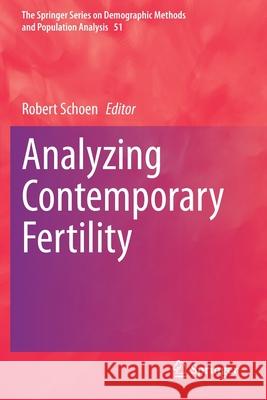Analyzing Contemporary Fertility » książka
topmenu
Analyzing Contemporary Fertility
ISBN-13: 9783030485214 / Angielski / Miękka / 2021 / 306 str.
Analyzing Contemporary Fertility
ISBN-13: 9783030485214 / Angielski / Miękka / 2021 / 306 str.
cena 443,82
(netto: 422,69 VAT: 5%)
Najniższa cena z 30 dni: 424,07
(netto: 422,69 VAT: 5%)
Najniższa cena z 30 dni: 424,07
Termin realizacji zamówienia:
ok. 22 dni roboczych
Bez gwarancji dostawy przed świętami
ok. 22 dni roboczych
Bez gwarancji dostawy przed świętami
Darmowa dostawa!
Kategorie:
Kategorie BISAC:
Wydawca:
Springer
Seria wydawnicza:
Język:
Angielski
ISBN-13:
9783030485214
Rok wydania:
2021
Wydanie:
2020
Numer serii:
000904313
Ilość stron:
306
Waga:
0.44 kg
Wymiary:
23.39 x 15.6 x 1.68
Oprawa:
Miękka
Wolumenów:
01
Dodatkowe informacje:
Wydanie ilustrowane











